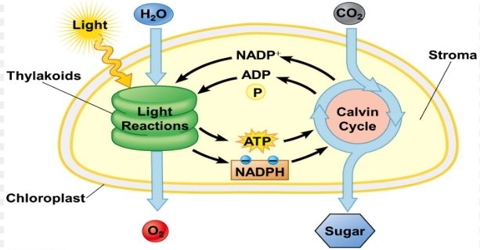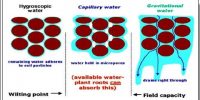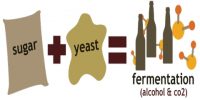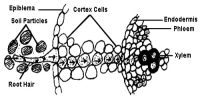In plants, the chloroplasts are primarily located in the leaves. The process of photosynthesis occurs in a middle layer called the mesophyll. It is the process by which plants and other autotrophs generate carbohydrates and oxygen from carbon dioxide, water, and light energy in chloroplasts.

The main organ for photosynthesis is a cytoplasmic organelle, called chloroplast.
- The organ of plant that contains chloroplast as green in color. Thus, photosynthesis occurs in all green plants. Lower plants like green algae and bryophytes have chloroplasts in the whole body. Higher plants have chloroplasts in green stems and leaves
- Chloroplast is mostly present in leaves. Thus in reality, green leaves are considered to be the major organs for photosynthesis.
- Besides leaves, photosynthesis also occurs in green tender stems. (Such as Opuntia), calyx and peduncles of flowers (such as China rose), green roots of orchid and even in the assimilatory roots of Gulanch.
- Chloroplasts contain chlorophyll, a green pigment that absorbs light energy for photosynthesis. However, chloroplasts are not found in all plant cells. For example, they are not found in root hair cells.
















